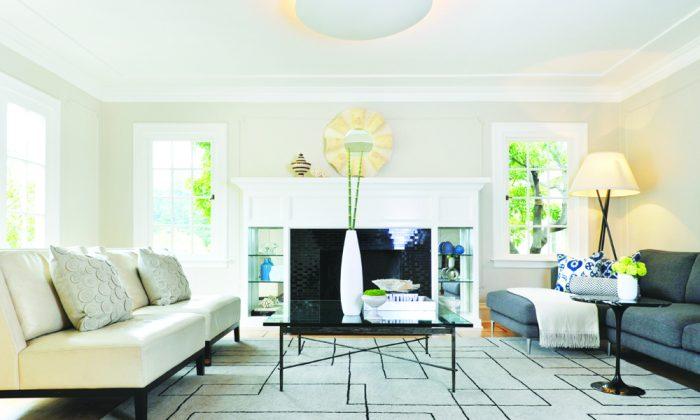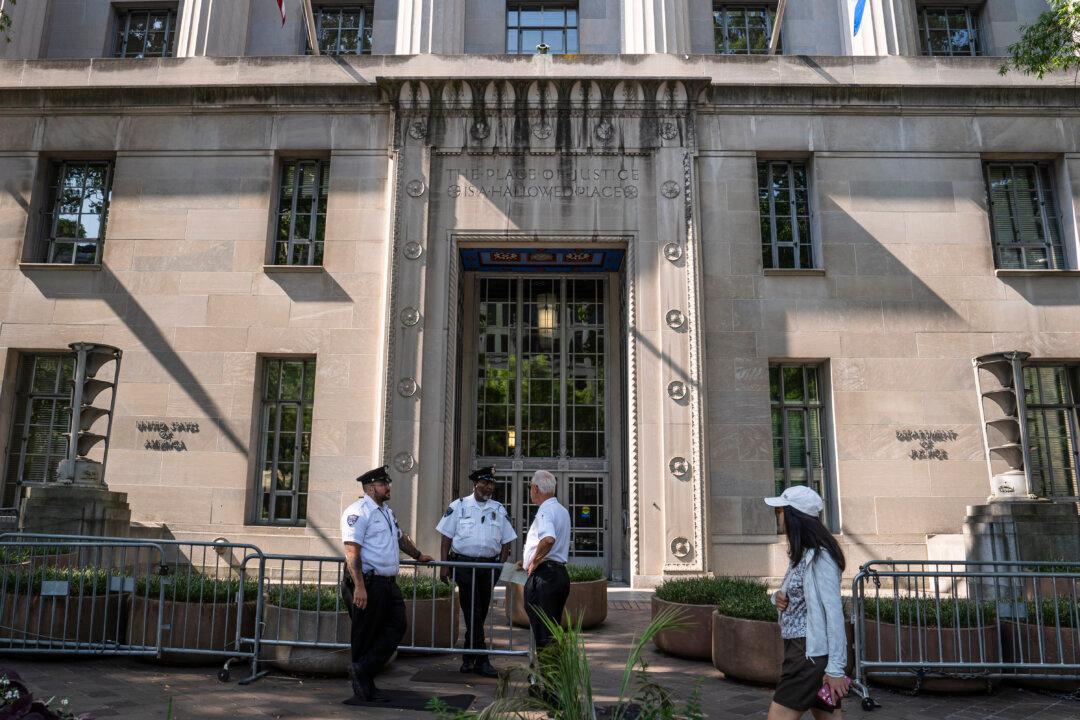San Francisco’s 47-square-mile area alone consists of 36 official neighborhoods and many more that have been unofficially identified by residents, and it’s easy to see why there are so many. Walk down any two streets in the city, and from block to block, building styles and periods of origin change drastically. Residents are even more diverse, bringing with them worlds of different tastes.
“There are so many diverse building types in the Bay Area, and some are more historic, they’re older homes,” says interior designer Kelley Flynn, who has a background in architecture and fine arts.
“I studied architecture originally, and my dad was an industrial designer,” Flynn says. “I grew up with a lot of iconic modern pieces, and my philosophical approach has always been influenced by this.”
Flynn’s knowledge of building styles and periods plays significantly into her work as an interior designer and allows her to pull together the connections between the interior and exterior.
“I like to consider the age and the style of the home when I’m designing the interior. I think an interior can be stronger if it references the architecture, even in a subtle way,” Flynn said.
For example, there are many Victorian buildings in San Francisco that are home to a very modern interior, but it can be done in a way that references the age of the structure as well. “Details can be subtly referenced even by picking up a shape in a piece of furniture or a pattern in a fabric,” Flynn said, “And I think that people do notice that in some way.”
“My preference is to blend elements harmoniously … and it’s one approach,” Flynn said, mentioning her work at the 2013 San Francisco Designer Showcase as an example.
In Flynn’s debut at the Showcase this year, she took the tiniest room of Herbst Manor and turned it into an integral part of the space on multiple levels.
Every detail has more impact in a tiny room, Flynn says, and every piece she used in the room was a reference.
Flynn created a modern look, “but the age of the house influenced me,” she said. Originally an intrusive water closet, the room opened right into the penthouse area and had little privacy. Opposite the room was a bath and sink however, so Flynn sought to retain its function, dressing the space up as a luxurious facilities that the household members and guests could use on the third floor.
“It [Herbst manor] was built in 1899, in a Georgian style, but it was the beginning of the Edwardian period, and I felt the Ferntree fabric gave a nod to that time period,” Flynn said.
The walls of the water closet, originally mirrored, she covered in a Fern Tree woven fabric from Schumacher’s Kelly Wearstler Collection, and the ceiling was papered in Ralph Lauren Sloane Stripe, tuxedo black wallpaper from Kravet.
The leaf-patterned fabric, which mirrored much of the decal originally throughout the house, was also reflected in the custom-sized Eugenie Chandelier.
The black-and-cream color scheme throughout the details was drawn from the black eave detailing on the neighboring house, which is visible through the tiny room’s window.
A similar approach can be used when creating more connection between indoor-outdoor elements, prevalent in many California homes, Flynn said.
For example, one client of hers had a house on a hill, she said, “and had a beautiful view of the San Francisco bay and the [Golden Gate] bridge through a strand of trees,” so they captured the “essence” of those trees to echo in her home.
“We took the element of the trees and repeated it in the materials of the furniture—by using a tree-trunk base on the dining table, for instance,” she said. “Also, I commissioned an artist to create a series of abstract paintings inspired in part by the texture of wood. We repeated the tree element again, when we used a live edged wood slab for a custom console in the foyer. By repeating the elements and motif of the trees, we were able to bring a feeling of the outside in.”
Incorporating the exterior doesn’t just mean having the look of the building match the interior, but it should translate the client’s relationship to the space and “reflect the view or a feeling that the client is trying to capture that’s unique to the site.”
“We live in a very sped-up culture with a lot of demand on our time and our attention, and I don’t think a lot of people really have time to rest,” Flynn said. “I think that a well-designed home can provide a respite to this pace and can be fit to the demands of a specific client or individual.”
Beyond beautiful objects and a visually soothing space, the end goal of a good space is really to enhance human relationships, she says.
“I think most interior designers are really motivated not just by designing a physical space, but it’s more of a quality of life that is informing what they do,” Flynn said. “Because that’s the end—not just buying beautiful things but having a better life.”
“That means being able to relax in your space, being able to entertain people. It’s really more about the end result, which is the human relationships, than the things,” she said.
Designing Harmonious Environments

CHI FANG PHOTOGRAPHY

Updated:



